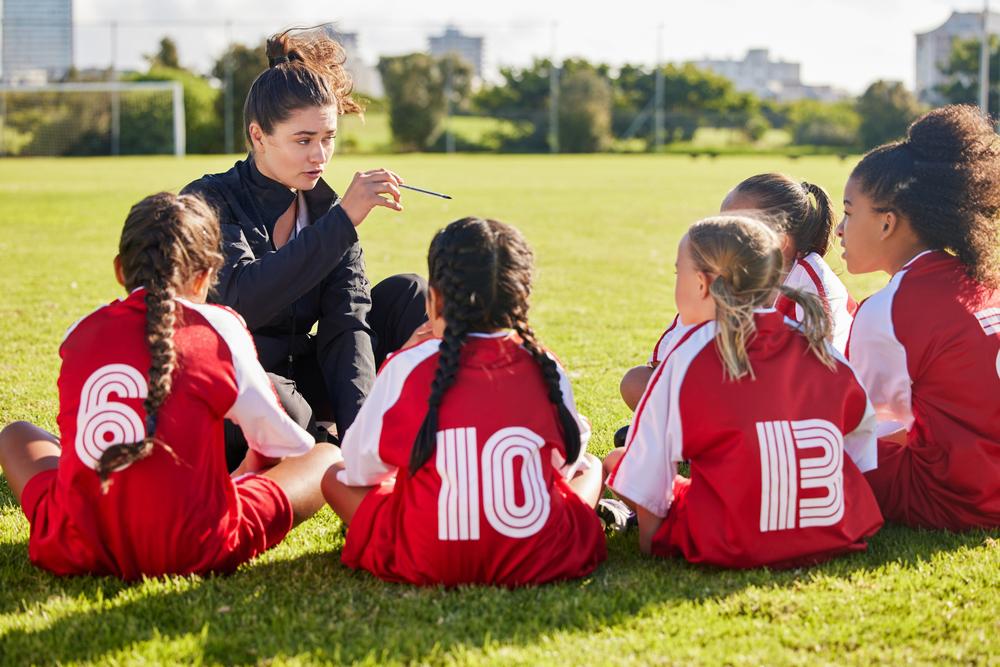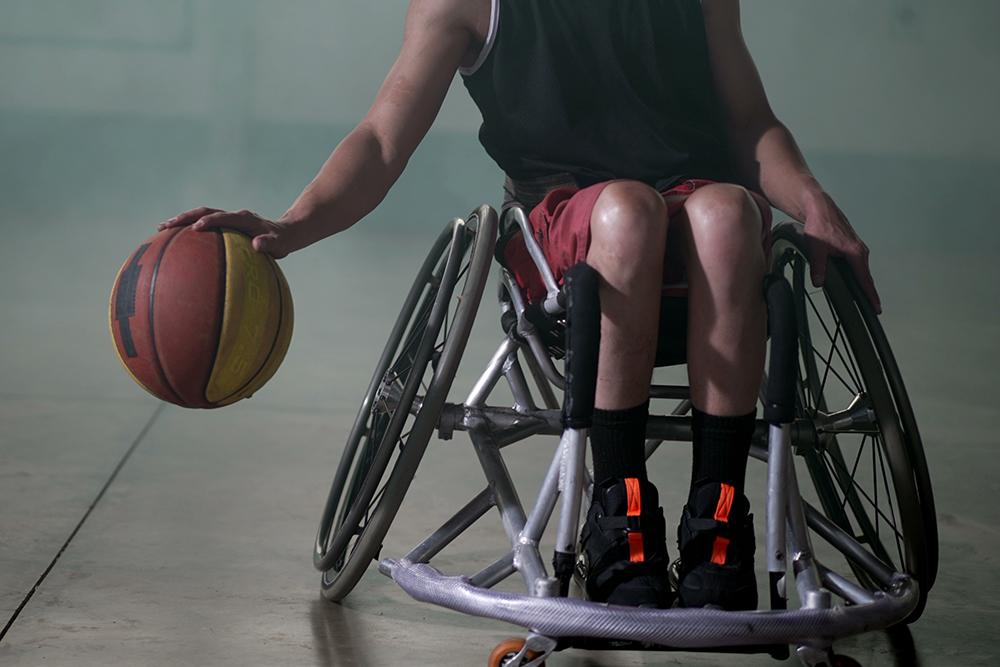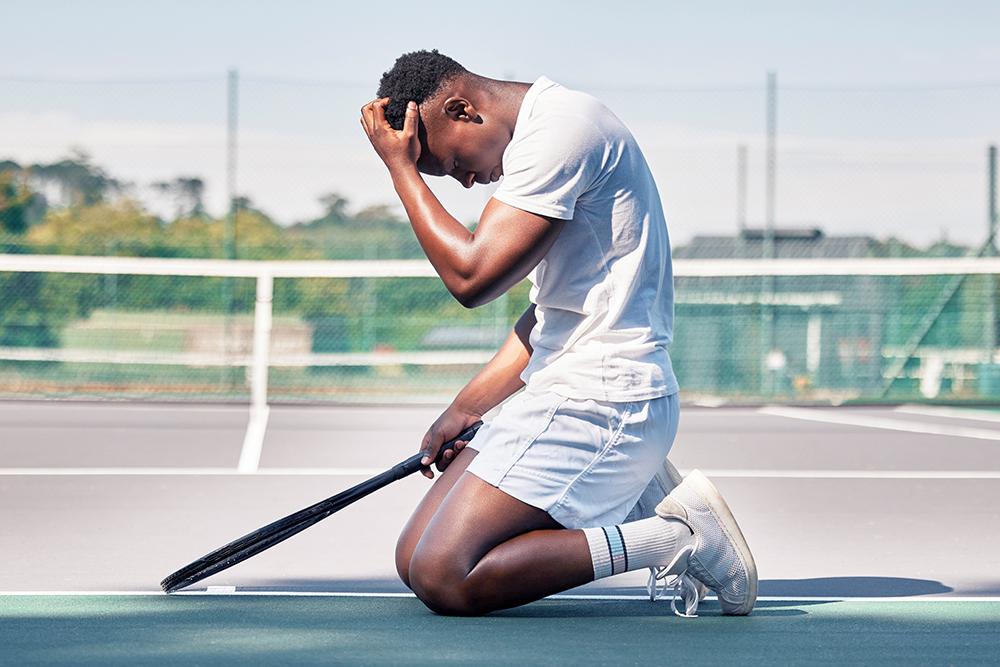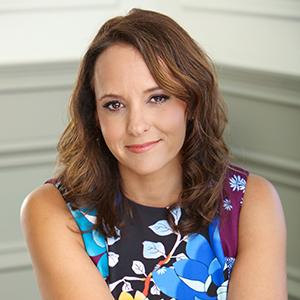 Boundary-setting is a tough topic for coaches, many of whom wear a lot of hats. However, learning how to set boundaries is critical to a coach’s personal well-being and their management of a team. Coaches also have the opportunity to lead by example, setting boundaries that reflect their goals and priorities for the team, as well as boundaries that protect their own mental and physical health.
Boundary-setting is a tough topic for coaches, many of whom wear a lot of hats. However, learning how to set boundaries is critical to a coach’s personal well-being and their management of a team. Coaches also have the opportunity to lead by example, setting boundaries that reflect their goals and priorities for the team, as well as boundaries that protect their own mental and physical health.
Here, board-certified family physician and TrueSport Expert Deborah Gilboa, MD, is explaining how to define, set, enforce, and explain your boundaries in a way that will enhance your athletes’ abilities to do the same.
Understand what boundaries are and aren’t
Gilboa says that a common misconception when it comes to boundary-setting is that it simply means ‘saying no’ to things. “But that’s too simplistic,” she explains. “Every time you say yes to something, you are saying no to something else. Setting boundaries involves two skills: The first is figuring out what your priorities are and the second is aligning your choices to your priorities.”
For example, if an athlete is saying yes to the extra practice you’ve added to the schedule, they may be saying no to finishing that school report due later in the week even though it could impact their priority of having a certain GPA for the semester.
Get clear on your priorities for the team
Because boundaries should be about aligning your actions to your priorities, it’s important that you get clear on what those priorities are for the team. Most coaches will say that their priority is their sport, says Gilboa, but this isn’t specific enough. “Is your priority bringing more athletes into the sport because you want to have a big team, regardless of how good the players are, or do you want to have a team that excels in that sport? How do you want your players to feel during practice and games? Should they feel competitive, or should they be focused on teamwork and having fun together?” Once you’ve developed a list of priorities for the team, these will guide the decisions you make and the actions you take throughout the season.
Help your athletes get clear on their priorities
Similarly, it’s important to make sure that your athletes also understand their own priorities, both in and outside of their sport. Early in the season, share your priorities with the team, and ask them to make their own list. As a coach, this can help you better understand all of the outside pressures on your athletes. For example, you may realize that an athlete has an after-school job that’s a top priority because they contribute to the family income. This knowledge can empower you to help the athlete set appropriate boundaries that allow them to be part of the team without deprioritizing their family obligations.
Make sure your athletes are prioritizing health
Coaches who prioritize wins and championship titles need to pay close attention to this tip, says Gilboa. It’s not a bad thing to want your team to be successful—as long as you don’t adopt a ‘win at all costs’ mindset that could ultimately hurt your players. “It’s hard for athletes to prioritize their own health over a friend’s needs or what a coach asks of them,” says Gilboa. But as the coach, you can both model healthy boundaries and encourage your athletes to create boundaries that protect them from injury, illness, and burnout without fear of reprisal from you.
Make sure you’re prioritizing the athlete’s health
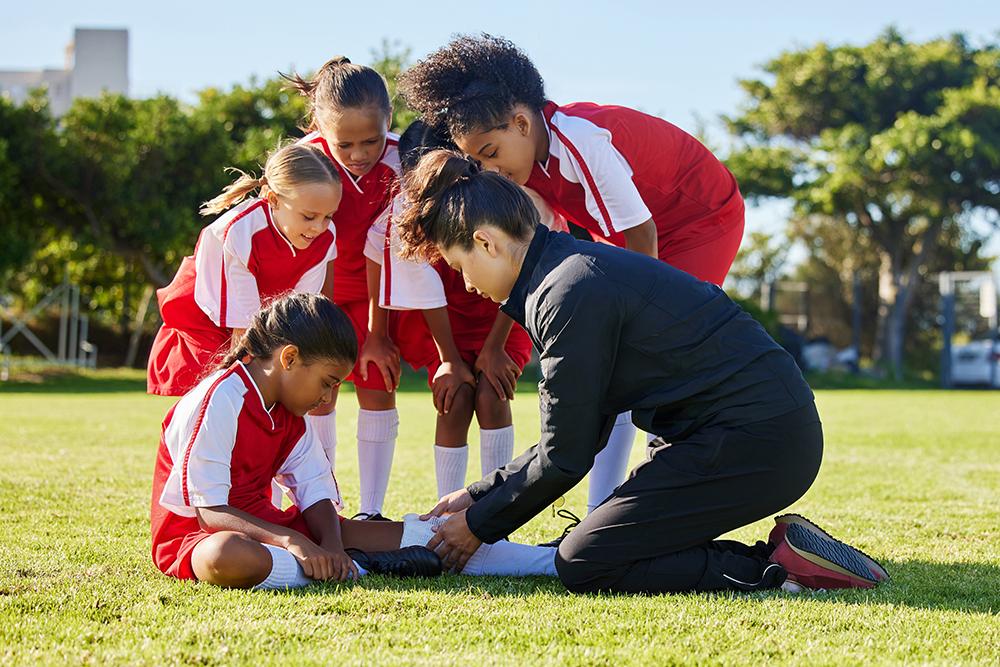 Gilboa adds that sometimes, you may need to be the one to help an athlete enforce their priority of health. “If a coach is really clear about their own priorities and prioritizing wellness for the team, then it gets much easier to tell an athlete who’s been injured, ‘Hey, our priority here is to have you grow as an athlete, and if you wreck your knee for life, you won’t be able to be an athlete. So, go home, sit on the bench, or do whatever is needed to prioritize recovery.'”
Gilboa adds that sometimes, you may need to be the one to help an athlete enforce their priority of health. “If a coach is really clear about their own priorities and prioritizing wellness for the team, then it gets much easier to tell an athlete who’s been injured, ‘Hey, our priority here is to have you grow as an athlete, and if you wreck your knee for life, you won’t be able to be an athlete. So, go home, sit on the bench, or do whatever is needed to prioritize recovery.'”
Conversely, if you see that a player is avoiding the discomfort of re-training after an injury, focus on the priority of growing as an athlete and name the healing they’ve done. For example, ‘You’ve done a great job recovering and now it’s time to build your health and athleticism by working hard.’
Model your priorities
“The best way a coach can teach setting boundaries is to model matching their actions to their priorities, and letting athletes see their decision-making process,” says Gilboa. “For example, if you really care about your health, you won’t tell your team about how little sleep you got the night before. Too many coaches end up burned out or in a health crisis because they don’t prioritize their health, and that sends the wrong message to the athletes on the team.”
Teach athletes to ‘interview opportunities’
A simple way to help athletes set new boundaries and enforce them is to teach them how to ‘interview’ each opportunity that comes their way. When faced with a new optional opportunity (homework doesn’t count!), help your athlete compare that opportunity to their priority list and see if taking the opportunity keeps them aligned with their priorities, or if it moves them further away. Gilboa says you can also model this: If athletes invite you for ice cream after a game, you can tell them that one of your top three priorities right now is to make sure you see your kids before bedtime, so you’re going to skip the ice cream.
Help athletes align mismatched priorities
If your goal for the team is simply to introduce more young athletes to your sport but there are players whose top priority is to win national championships, that can seem like a mismatch of priorities. But Gilboa explains that there are ways to help athletes pursue their priorities while maintaining firm boundaries for the team as a whole. You can discuss ways that an athlete can focus on doing their best in competition without taking away from the rest of the team’s overarching priority of introducing the sport to as many students as possible. Typically, it just takes a discussion and some negotiations to find a solution that works for the team and the athlete.
___________________________
Takeaway
As a coach, your athletes learn from your example, so setting boundaries, explaining your decision-making process, and acting upon those priorities is critical. These boundaries should serve your own mental and physical well-being too!
